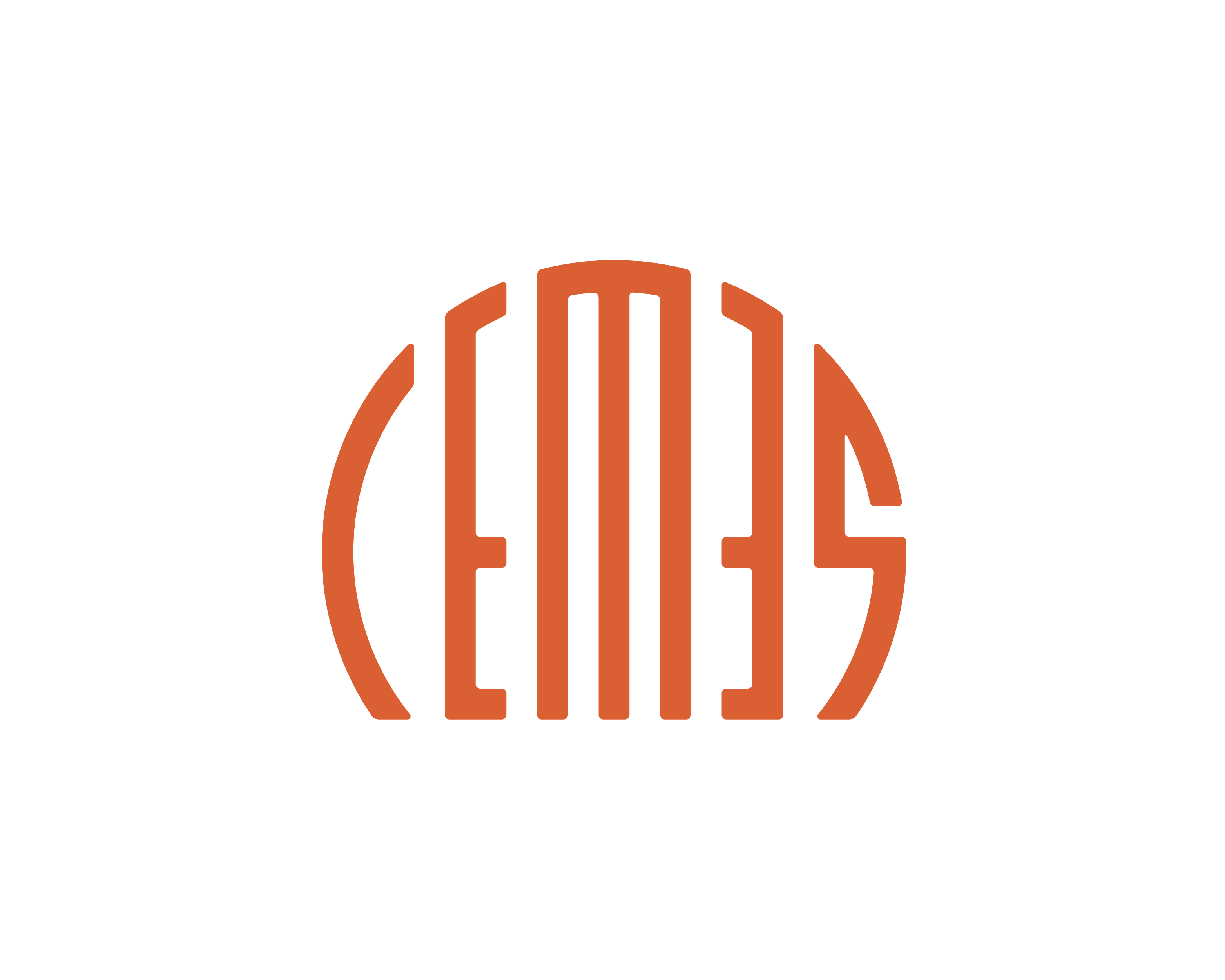ANALYSIS OF HYDROGENATED GRAPHENE BY CLASSICAL AND TIP ENHANCED RAMAN SPECTROMETRY
MATERIAL AND SURFACE SCIENCE

Lab: CEMES
Duration: NanoX master Internship (8 months part-time in-lab immersion)
Latest starting date: 02/01/2025
Localisation: CEMES
29 rue Jeanne Marvig
31055 TOULOUSE - FRANCE
Supervisors:
Pascal PUECH pascal.puech@cemes.fr
Work package:
Hydrogenation or fluorination of well-defined regions of monolayer graphene on a SiO2 substrate is of great
interest for nanoelectronics because it makes it possible to open an energy gap in the electronic band structure of
graphene and, in the case of hydrogenation, to have spin-polarised bands. However, competition between
hydrogenation, etching, and the Eley-Rideal process (extraction of hydrogen from a surface by hydrogen radical)
means that the hydrogenation window is narrow, which explains the lack of applications reported in the literature.
Over the last few years, CEMES and LPCNO have been working closely together on this topic, to obtain
hydrogenation or fluorination conditions for monolayer graphene and produce new devices based on
hydrogenated or fluorinated graphene.
This internship will cover the fabrication of samples (hydrogenation, nanofabrication of devices, which may
include travel abroad to the Dominican Republic or Denmark), followed by structural characterization, mainly by
classical and tip-enhanced Raman spectroscopy, which may be compared to electrical characterization at low
temperatures and under magnetic fields. Some samples are already available. Finally, the internship will model the
results obtained. In addition to the permanent staff, the trainee will be helped by a PhD student in the various
aspects of the internship: nanofabrication in a clean room at CEMES and at the Exfolab at the LPCNO, Raman
spectroscopy at CEMES and electrical characterization at the LPCNO, which will enable him/her to discover the
entire research chain. The modeling part will focus on calculating the graphene vibration frequencies (simple ab-
initio modeling) needed to interpret the Raman spectra and adapting models to understand the evolution of Raman
peak intensities as a function of the hydrogenation doses used. These data will then be compared with transport
measurements.
This internship is part of the GLADIATOR ANR program and Newca IRP-CNRS which are funding the technical
environment.
References:
https://doi.org/10.1016/j.cartre.2022.100219
Areas of expertise:
Graphene, electronic device, optical spectroscopy
Required skills for the internship:
Knowledge of solid state physics, confidence in manual handling
